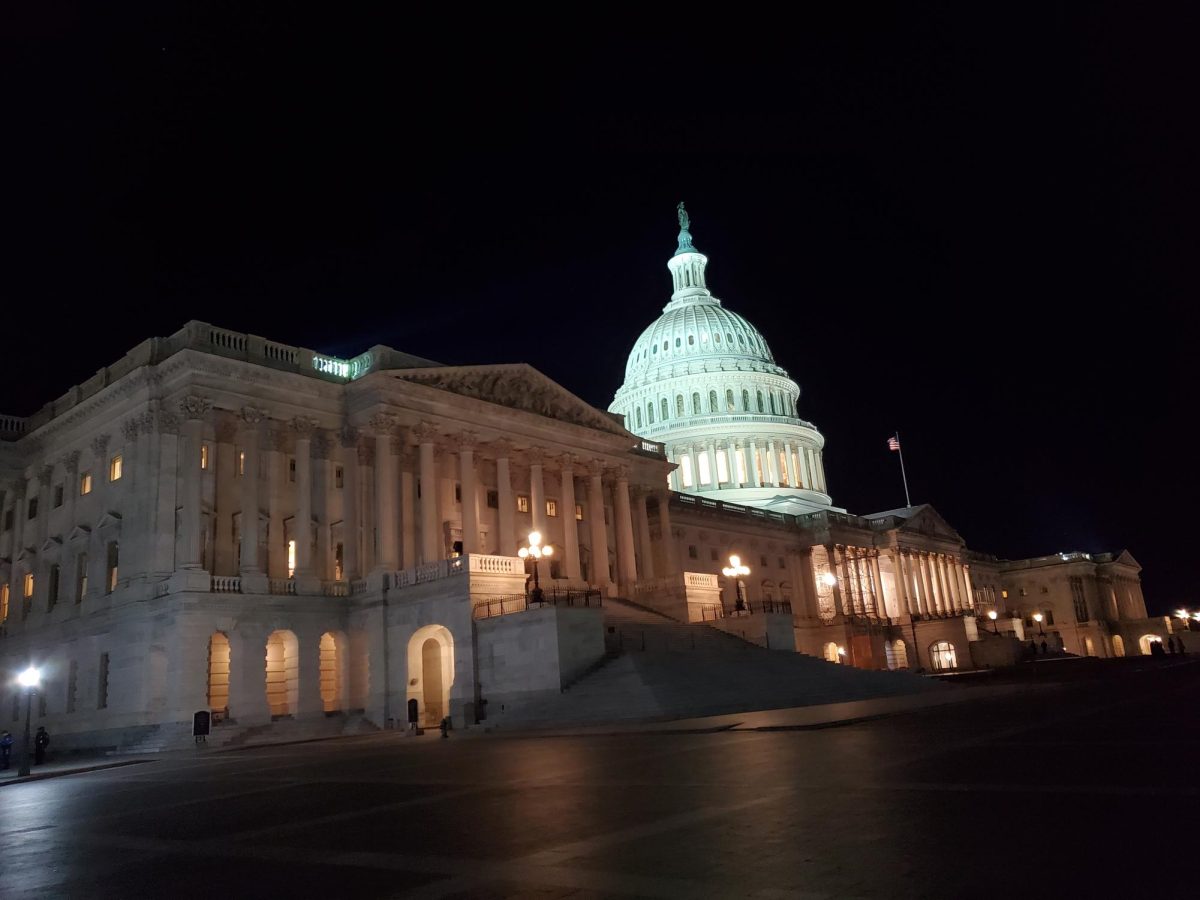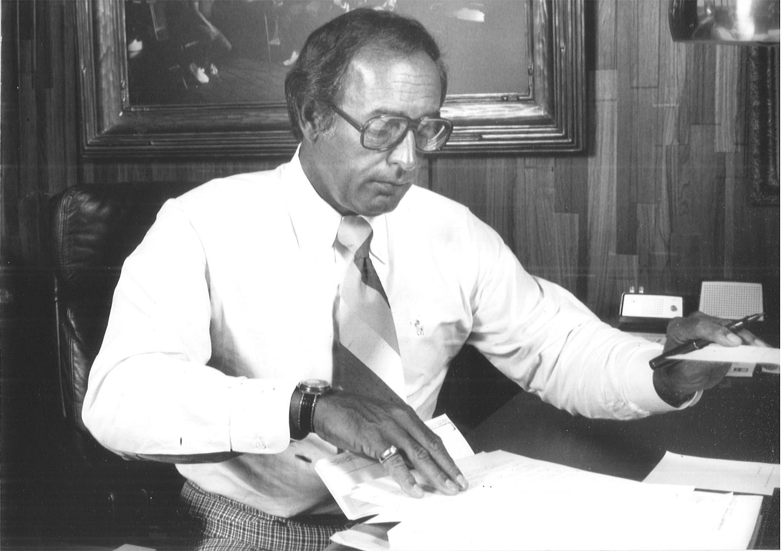The Hanford Site, located in the town of Hanford, Wash., is the topic of recent public criticism concerning leaking nuclear waste and waste storage operations run by the U.S. Department of Energy (DEA).
Recent documentation from the DEA claims that six tanks are leaking underground the Hanford Site. This is the first official documentation of leaking tanks since 2005.
The Hanford Site is a decommissioned nuclear power complex established in 1942 to produce weapons grade plutonium for the Manhattan Project. The production increased during the Cold War, but is now officially decommissioned.
The Environmental Protection Agency has estimated that 475 billion gallons of wastewater have been released into the soil over the site’s lifetime. The site has undergone recent clean up initiatives in the past two decades and is currently the world’s largest environmental cleanup operation.
After a meeting with federal officials on Friday, Washington Gov. Jay Inslee said the leaking levels of the tanks do not impose any immediate risk, but “they are certainly levels that cause us concern and demand action.”
Fifty-three million gallons of nuclear waste is currently stored in 177 tanks underground the Hanford Site. According to the DEA, one of six leaking tanks referred to as tank T-111, is leaking at a rate of 150 to 300 gallons per year.
The DEA completed a stabilization procedure in 1995, which pumped all non-hazardous liquids from 177 single shell tanks, so only nuclear waste remained. The single shell tank T-111, has been an “assumed leaker” since 1979 according to the DEA.
In response to public concern over leaking tanks, Lindsey Geisler, a DEA spokesperson said, “To put that amount (150 to 300 gallons) in perspective, roughly 1 million gallons of material previously leaked into the soil from the single-shell tanks at Hanford over a period of decades.”
In 2005, the DEA transferred nuclear waste stored in single shell tanks to safer double shell tanks. As of 2013, 2.8 million gallons of nuclear waste still remain stored in single shell tanks. Of the 177 tanks, 149 of them are single shell tanks.
In August of 2012, the DEA disclosed a memo to the Washington State Department of Ecology acknowledging a leaking of radioactive waste from a double shell tank, Tank AY-102. The amount was considered minimal and not documented.
The discovery of new leaking tanks has raised concern in Washington, D.C. Senator Ron Wyden, chairman of the Senate Energy and Natural Resources Committee, said he will ask the Government Accountability Office to investigate waste storage practices at the Hanford Site.
“This certainly raises serious questions about the integrity of all 149 single-shell tanks with radioactive liquid and sludge at Hanford,” Inslee said.
The federal government is currently funding a $12.3 billion project for the construction of a Waste Treatment and Immobilization Plant at the Hanford Site. The plant will treat the nuclear waste stored at the Hanford Site. However, the project is well under budget, and technical setbacks have pushed the completion date back since construction began in 2001.
After his meeting on Friday with the Secretary of Energy, Inslee said “Secretary Chu has a long-standing personal commitment to the clean-up of Hanford. He has assured me he will do all he can to address the issue of the leaking tanks. He also assured me there will be immediate additional monitoring of the single-wall tanks.”







